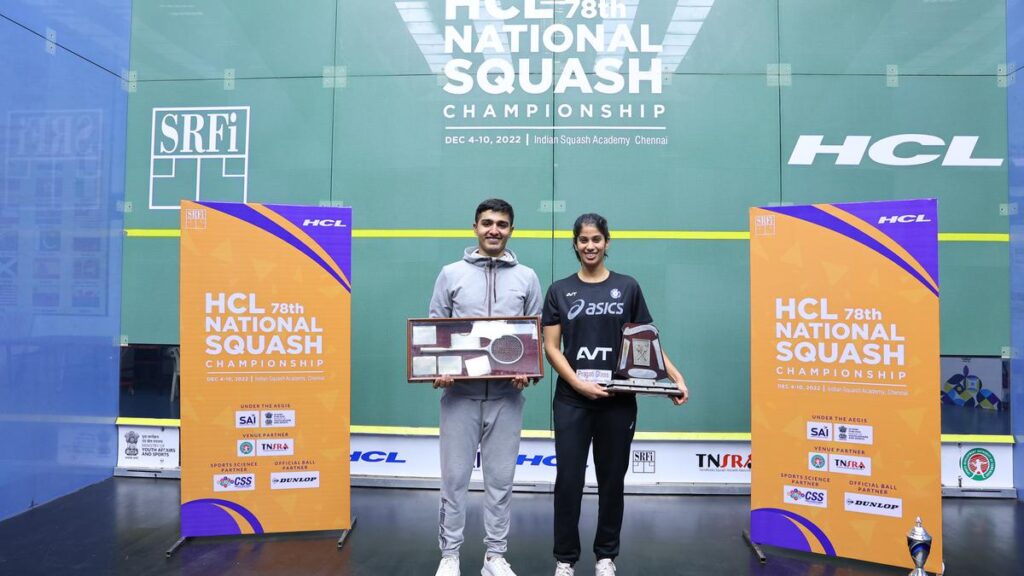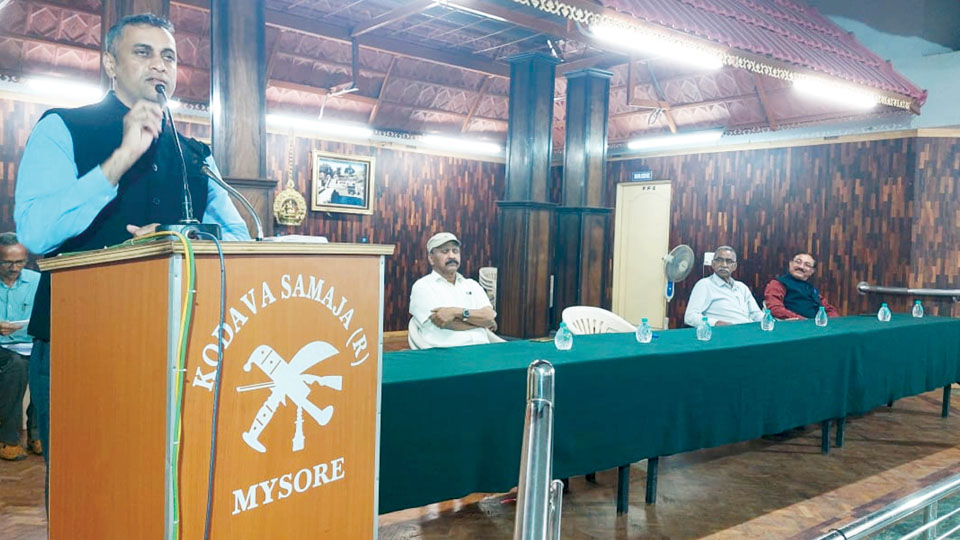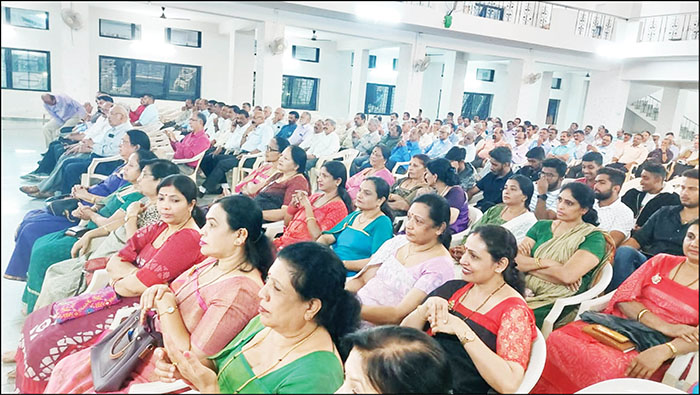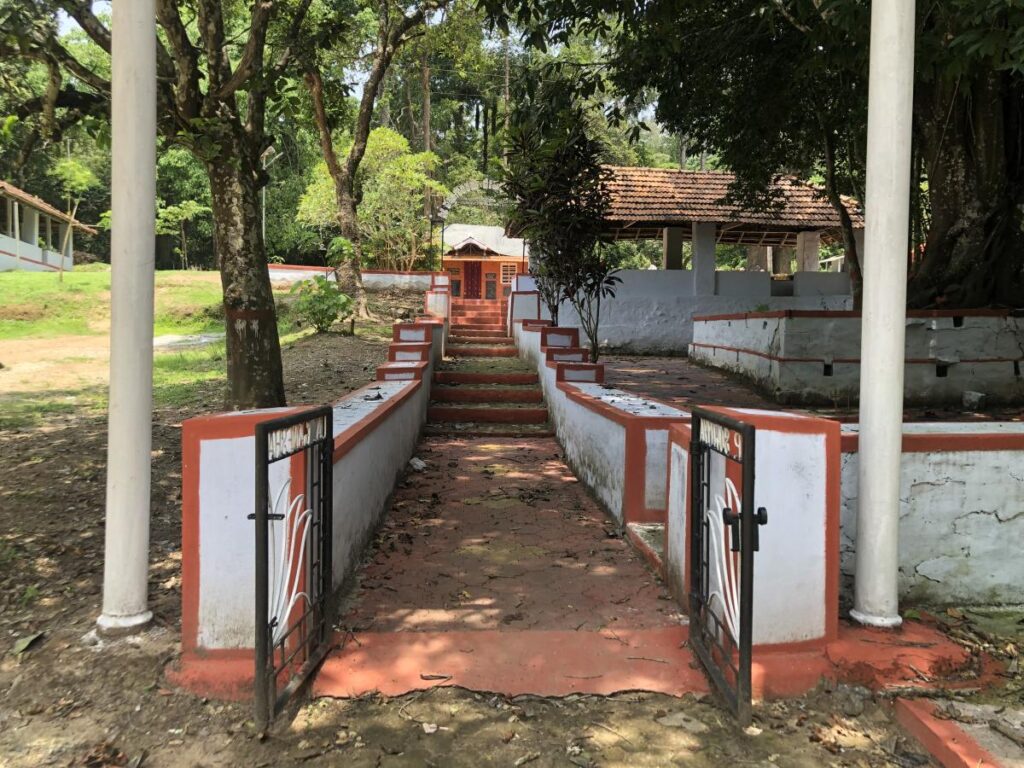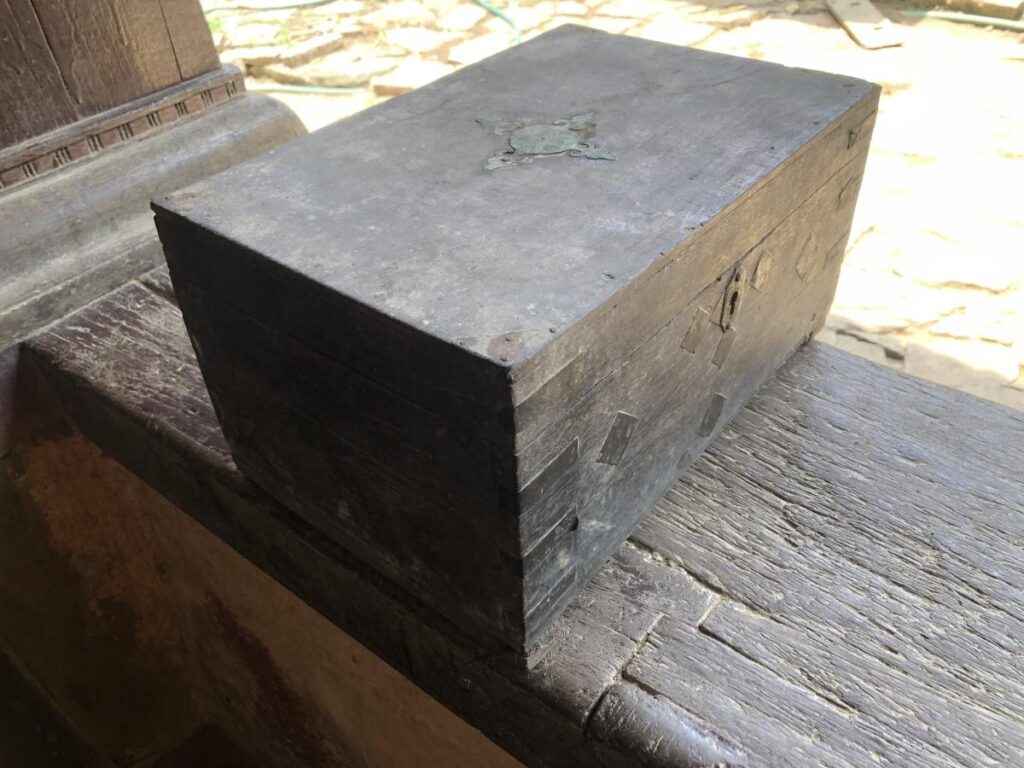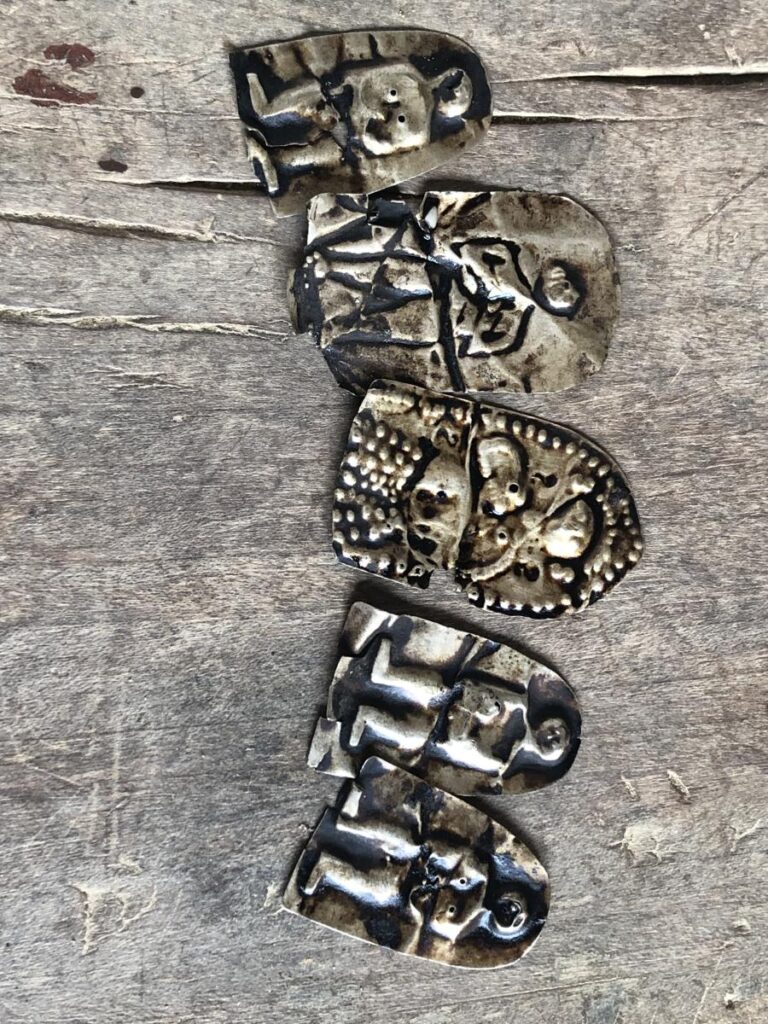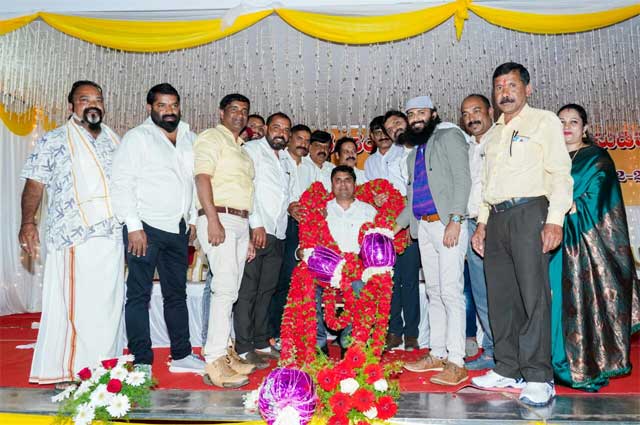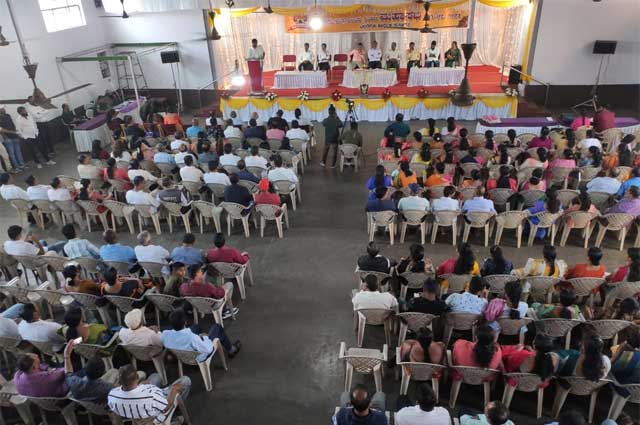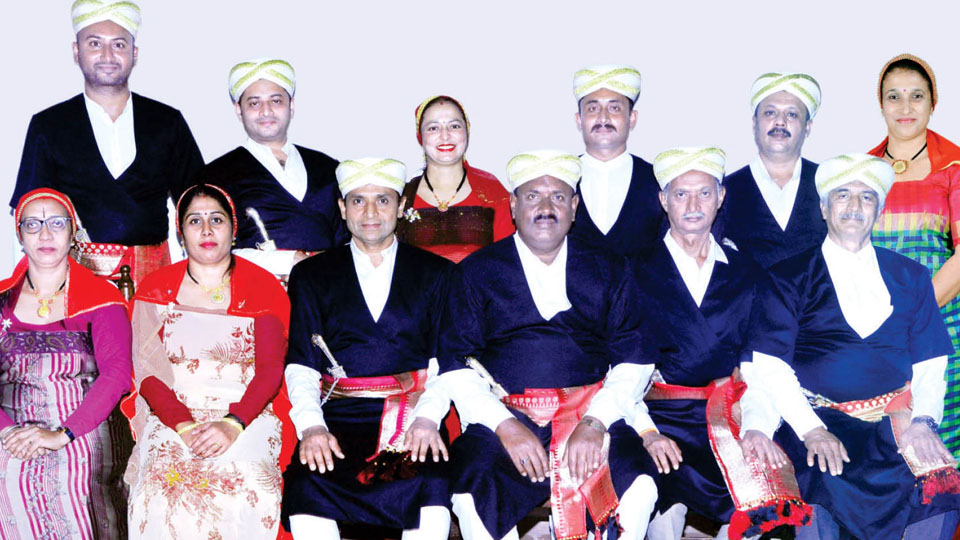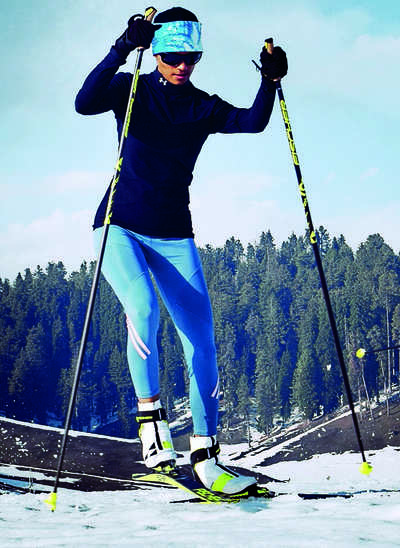
Bengaluru:
Bhavani TN is like a tourist at her native Kodagu, spending a maximum of ten days in a year. Her last visit was in September. The skier spends more time at Gulmarg in Jammu and Kashmir and Leh in Ladakh to train in snowy conditions. She has also travelled to Norway and Italy to improve her skills at her own expense in the last two years.
Each foreign training stint costs around Rs 12-15 lakh for approximately 45 days, which includes hiring a coach there, flight tickets, lodging expenses and use of facilities among others. Her parents, coffee planters, bear almost 80 percent of her expenses.
Poor facilities
“The winter sports facilities and the infrastructure in India is not enough — though developing — for us to compete against the Europeans, that is why I go abroad and train. It is expensive. We have one of the biggest mountain ranges with good snowy conditions in the Himalayas. If India has good facilities, it will be great for winter sports,” Bhavani, 27, who began practising the sport seriously around five years ago, told TOI. “Good facilities in the country can be beneficial because of the altitude, which helps in increasing stamina.”
Despite the odds, Bhavani’s dedication has borne fruit with the Kodagu girl set to compete in the 5km cross-country distance freestyle event at the Nordic Ski World Championships in Slovenia from February 21.
Qualifying for the big event did not happen overnight for Bhavani, who gave up her ski instructor’s role at the Jawaharlal Institute of Mountaineering in Jammu and Kashmir in 2021 to pursue bigger dreams.
She won gold and bronze at the Khelo India Winter Games in 2021. She also collected gold and two silver medals in the National Cross Country Skiing Championships in 2022. She featured in the recent Khelo India Winter Games, winning a gold, silver and bronze, facing some tough conditions which helped her prepare for the Worlds bash.
Earlier, she caught the attention of all last December when she clinched a silver (5km skiing) at the Raiffeisen Langlauf Cup in Italy.
Setting bigger goals
Bhavani is buoyant and has set bigger goals for Slovenia. “The World Championships is as big as the Winter Olympics. I know it is going to be tough. As of now, I am looking for a top-ten finish (5km event). If I manage to do that, I will be eligible to compete in one more event — in the 10km,” said the skier, who will leave for Slovenia on February 19.
source: http://www.timesofindia.indiatimes.com / The Times of India / Home News> City News> Bengaluru News / by Ashim Sunam / February 17th, 2023
.




